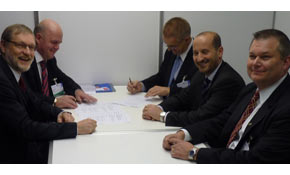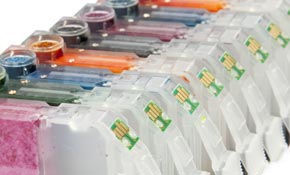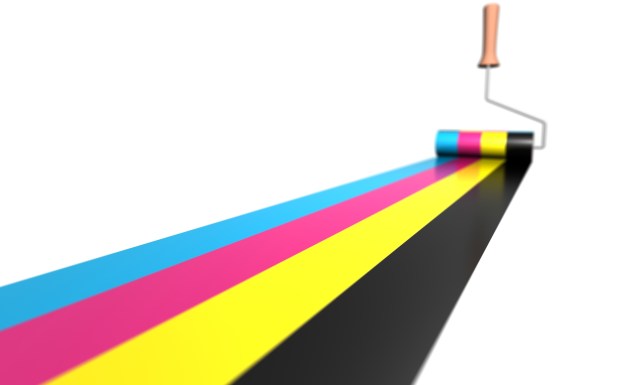
Ingede, which represents European de-inking mills, while the Digital Print Deinking Alliance (DPDA), which includes digital press manufacturers as members, have formed a joint Technical Committee and have already met with a view to launching the first project this year.
The two bodies have in the past had a fractious relationship, with both sides finding shortcomings with the other’s testing processes.
However, they recognise the need to find a method that can be optimised to cope with the growing levels of inkjet print aggregated into the recycled waste stream.
Ingede chairman Ulrich Hoeke said: “Inkjet is likely to be a relevant process in digital production printing in the future and it is essential to maintain recovered graphic paper as a raw material for recycled-content graphic papers by ensuring good de-inkability.”
Crit Driessen, Océ vice president for marketing and strategy production printing, said that its research had already shown there were de-inking methods that could be successfully used in lab scale tests and that it was important to “identify the attributes and thresholds for successful de-inking so the overall solution can be optimised”.
He added that to date there had been “no single inkjet de-inking issues reported in recycling mills”.
Liquid toner has already proved a problem with one mill in Germany last year having to dump more than 100 tonnes of paper after problems with liquid toner.
Pictured: Ingede’s Ulrich Hoeke, Océ’s director worldwide marketing & strategy software Michael Has, Ricoh InfoPrint Solutions’ vice president George G Promis, HP’s vice-president, inkjet, Aurelio Maruggi, Kodak’s vice president of digital Eric Owen
Comment below to have your say on this story.
If you have a news story or tip-off, get in touch at editorial@sprinter.com.au.
Sign up to the Sprinter newsletter



